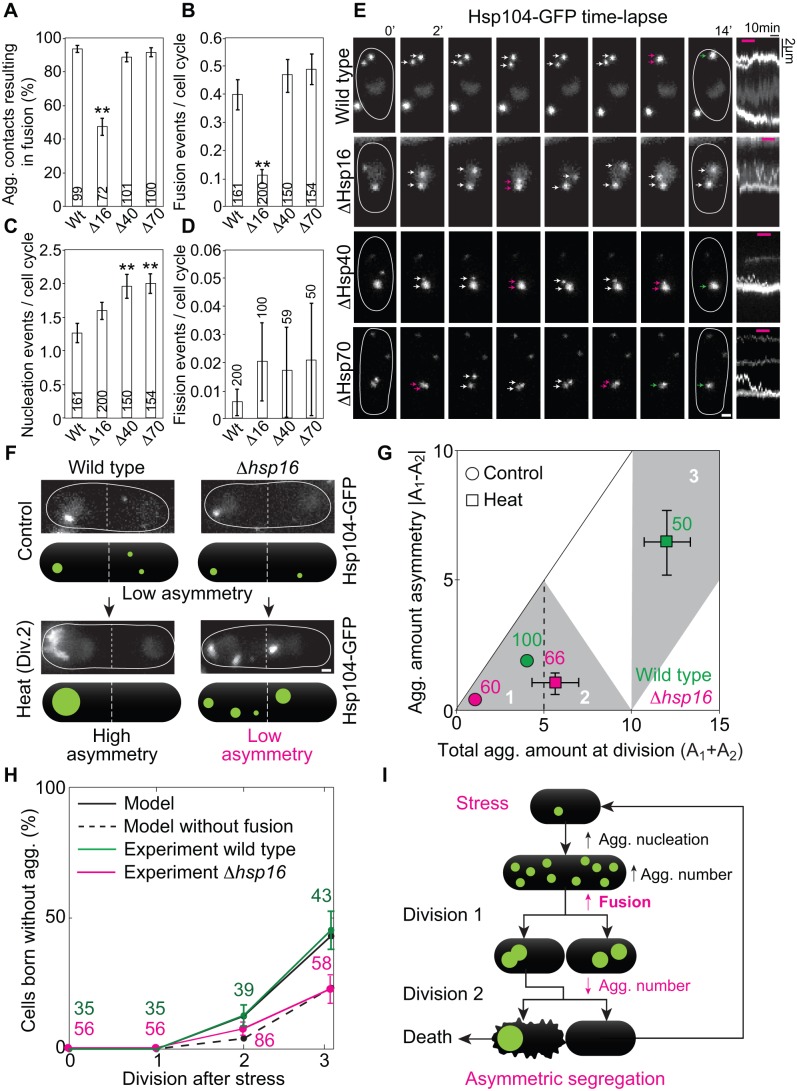Figure 4. Hsp16 is required for efficient aggregate fusion, which facilitates asymmetric segregation and generation of cells clean of aggregates.
(A) Quantification of the percentage of contact events between two aggregates which resulted in fusion. Nucleation (B), fusion (C), and fission (D) events per cell cycle in the wild-type strain and in the strains in which Hsp16, Hsp40, or Hsp70 was deleted (statistical difference between wild type and mutants: **p<0.01). (E) Time-lapse of aggregate movement in the wild type and the strain where Hsp16, Hsp40, or Hsp70 was deleted (arrows mark aggregates, magenta indicates contact between aggregates, green corresponds to fusion). In the kymographs, fusion events are visible as the merging of two aggregates (two traces merge into one thicker trace; magenta lines on top correspond to time interval depicted in panels). In the Δhsp16 mutant, a contact event does not give rise to fusion, and the aggregates remain separated. (F) Aggregate segregation in wild-type and hsp16 deleted strains, under control and heat stress conditions. (G) Aggregate amount of asymmetry in wild-type and a Δhsp16 strain (in which fusion was reduced; see labels and regions 1–3 depicted in Figure 3C). Error bars on the control data are not visible because they are smaller than the circles representing the data. (H) Fraction of cells born without aggregates at the first three divisions after stress (see labels). The data in (A–D), (G), and (H) are mean ± SEM; number of aggregate contact events or cell cycles from >3 independent experiments are given in the graphs. In (E) and (F) thin lines encircle cells; scale bars, 1 µm. (I) Summary: stress increases nucleation of aggregates, leading to an increased number of aggregates per cell. Fusion decreases the total aggregate number to a single large aggregate, forcing its asymmetric segregation. This results in the birth of a clean cell. See also Figure S4.

